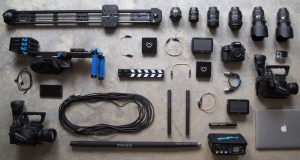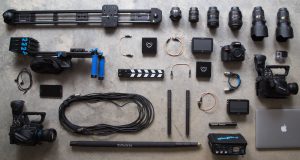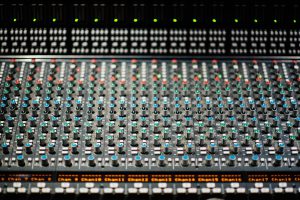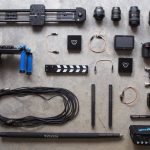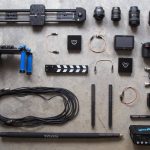Having troubles with controlling your RS232 device? This article will certainly help you understand almost all of the hardware and software standards for RS232.
Step 1: Understand RS232 Connection & Signals
RS-232C, EIA RS-232, or simply RS-232, refers to the same standard defined by the Electronic Industries Association in 1969 for serial communication.
DTE stands for Data Terminal Equipment. Any computer is a DTE. DCE stands for Data Communication Equipment. Any modem is a DCE.
DTE normally comes with a Male Connector, while DCE comes with a Female Connector. However, that is not always the case. Fortunately, there is a simple way to confirm this:
Measure Pin 3 and Pin 5 of a DB-9 Connector with a Volt Meter, if you get a voltage of -3V to -15V, then it is a DTE device. If the voltage is on Pin 2, then it is a DCE device. Simple and easy.
A straight-through cable is used to connect a DTE (e.g. computer) to a DCE (e.g. modem), all signals in one side connected to the corresponding signals in the other side in a one-to-one basis. A crossover (null modem) cable is used to connect two DTE directly, it does not require a modem in between. They cross-transmit and receive data signals between the two sides and there are many variations on how the other control signals are wired.
Step 2: Learn about the Protocol
A protocol is one or a few sets of hardware and software rules agreed to by all communication parties for exchanging data correctly and efficiently.
Synchronous and Asynchronous Communications
Synchronous Communication requires the sender and receiver to share the same clock. The sender provides a timing signal to the receiver so that the receiver knows when to “read” the data. Synchronous Communication generally has higher data rates and greater error-checking capability. A printer is a form of Synchronous Communication.
Asynchronous Communication has no timing signal or clock. Instead, it inserts Start / Stop bits into each byte of data to “synchronize” the communication. As it uses fewer wires for communication (no clock signals), Asynchronous Communication is simpler and more cost-effective. RS-232 / RS-485 / RS-422 / TTL are the forms of Asynchronous Communications.
Drilling Down: Bits and Bytes
Internal computer communications consist of digital electronics, represented by only two conditions: ON or OFF. We represent these with two numbers: 0 and 1, which in the binary system is termed a Bit.
A Byte consists of 8 bits, which represents decimal number 0 to 255, or Hexadecimal number 0 to FF. As described above, a byte is the basic unit of Asynchronous communications.
Step 3: Control your RS232 devices
After reading and understanding the first two steps we’ve talked about, it is easy to now test and controls your RS232 devices in order to get the perfect feel of how they work.
ReadyDAQ offers software solutions for RS232 devices, make sure to check them out.

